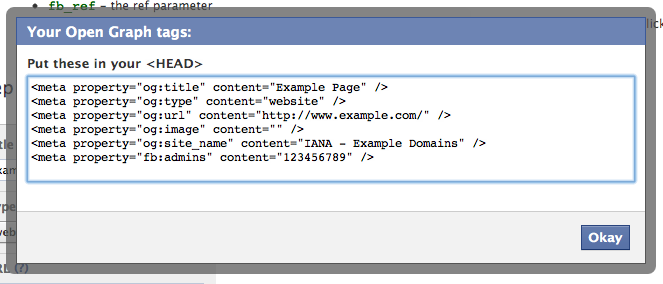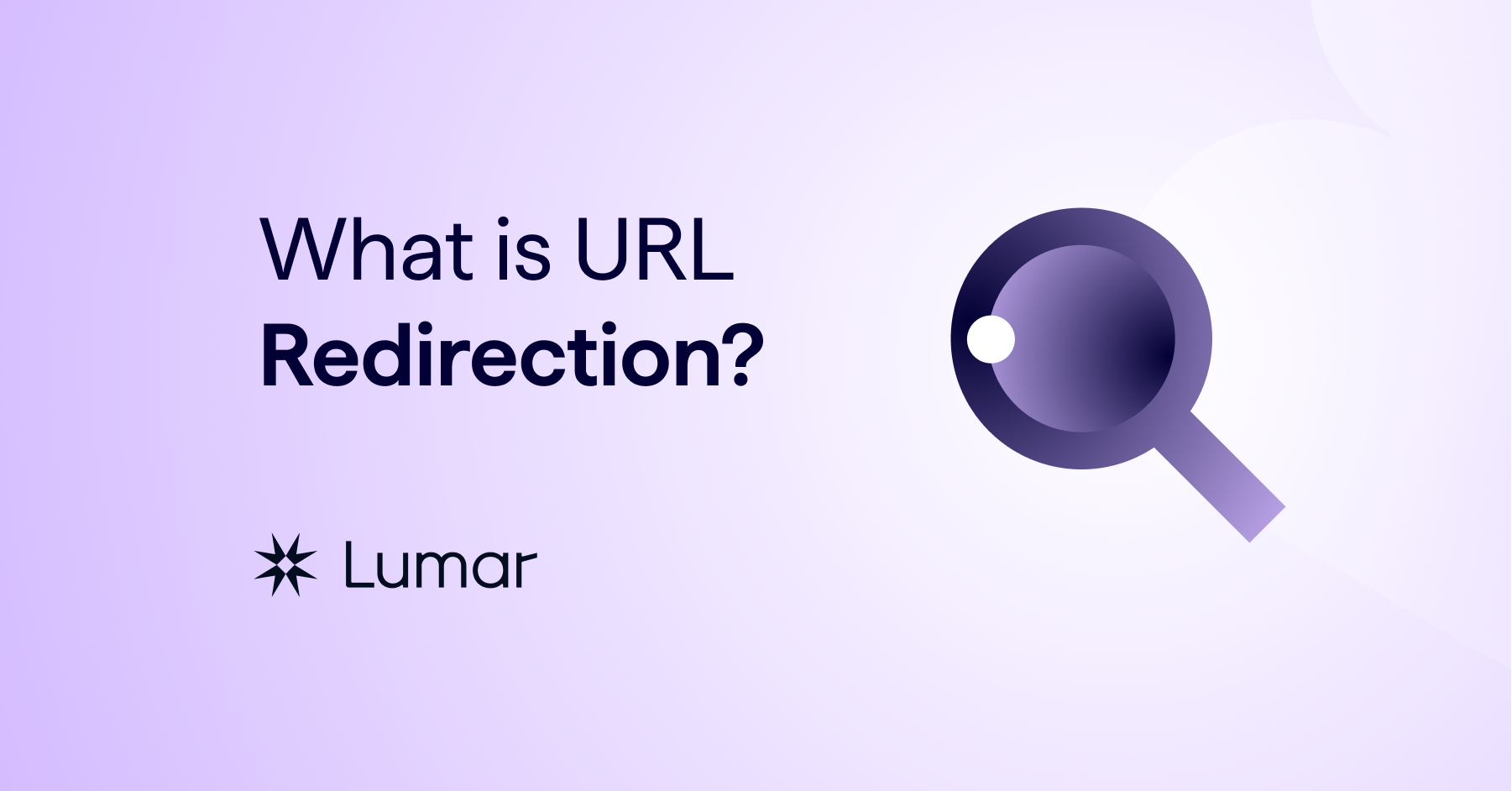This section of our library deals with a core part of technical SEO: metadata. Metadata comes in many forms and is a key source of data that you can use to inform search engines, social networks and users about the content on your site. Let’s not waste any time and dive into the nuts and bolts of the what, why and how of metadata.
What is metadata?
By definition, metadata is data about data. Metadata provides information about a page’s structure or content and is used primarily by search engines and social networks to better understand webpages. By default, browsers don’t show metadata to users but it is sometimes shown alongside documents, like in the case of meta descriptions.
How does metadata help search engines understand a page?
Metadata structures information on webpages in a predictable way so that they are easily understandable to search engines. Implementing structured meta tags will help search engines to determine the relevance of a page to a user’s submitted query.
Using metadata is a more efficient and effective approach to ensure search engines can understand your site’s webpages, rather than relying upon the ability of search engines to extract information from regular page content (unstructured data). Another benefit of metadata over unstructured data is that each piece of data is clearly defined and the risk of search engines making their own decisions about what data to present in search results is significantly reduced.
Metadata comes in many forms and has many uses for making webpages more understandable for search engines, from making titles and descriptions more readable to providing details about products such as price, brand and colour. Ensuring consistent and predictable meta tagging across your webpages helps search engines with indexing and improves the usability of search engine results pages (SERPs).
How does metadata help social networks understand a page?
In addition to helping search engines, various forms of metadata is also used by social networks to better understand the content and properties of web pages.
Most social networks use the Open Graph protocol, which uses Open Graph tags to specify metadata. Social networks like Facebook, LinkedIn, Google Plus and Twitter all recognise the Open Graph Protocol to enhance their understanding of web pages.

Twitter also supports the use of its own Twitter Card tags to enhance tweets by adding a ‘view summary’ link that presents additional data on a shared webpage. However, in the event that Twitter Card tags aren’t available, Twitter will use the Open Graph tags instead.
Google Plus uses standard HTML meta tags along with Open Graph meta tags. In addition, the platform is also able to use Schema.org markup.
With Pinterest, the platform supports both Open Graph and Schema.org formats for marking up content, and for recipes the platform supports the use of the h-recipe format.





